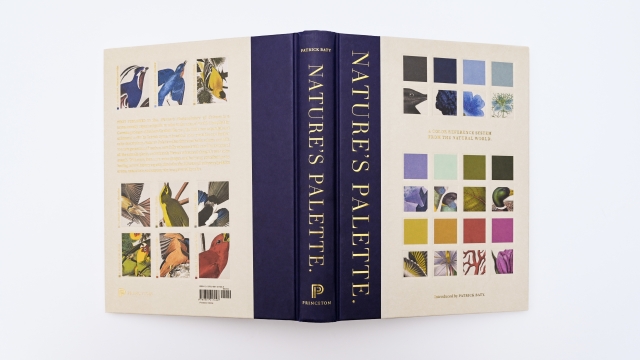khakisofirvington.com – The natural world is a vast and vibrant canvas, painted with an astonishing array of colors. From the deep blues of the ocean to the fiery reds of a sunset, nature’s palette is both diverse and dynamic. This rich spectrum of colors is not just a feast for the eyes but also plays a crucial role in the ecosystem, influencing everything from plant growth to animal behavior.
The Role of Color in the Ecosystem
Color in nature is more than just a visual spectacle; it is a fundamental aspect of the ecosystem. Colors serve various biological and ecological functions, including:
Attracting Pollinators
Bright and vivid colors, such as the yellow of sunflowers or the purple of lavender, attract pollinators like bees and butterflies. This is crucial for the reproduction of many plant species.
Camouflage and Protection
Many animals use color as a form of camouflage to blend into their surroundings, protecting themselves from predators. For example, the green of a tree frog helps it blend into the foliage.
Regulation of Body Temperature
Dark colors absorb more heat than light colors, which can help animals regulate their body temperature. For instance, the dark fur of a bear can help it absorb sunlight and stay warm in colder climates.
Communication and Display
Colors are also used in animal communication and display, such as the bright plumage of birds used in mating rituals or the warning colors of poisonous insects.
The Spectrum of Colors in Nature
Nature’s palette is incredibly diverse, encompassing a wide range of colors. Here are some examples of how different colors are represented in the natural world:
Blues
- Oceans and Skies: The deep blues of the ocean and the clear blue of the sky are some of the most iconic colors in nature.
- Flowers: Some flowers, like the bluebell and the forget-me-not, feature shades of blue.
Greens
- Forests and Fields: The lush greens of forests and fields are a testament to the abundance of plant life on Earth.
- Insects: Some insects, like the green beetle, showcase the color in their exoskeletons.
Reds
- Sunsets and Roses: The fiery reds of a sunset and the deep reds of roses are examples of how this color appears in nature.
- Animals: Many animals, such as the cardinal bird and the red fox, have red in their coats or feathers.
Yellows
- Sunflowers and Lemons: The bright yellows of sunflowers and lemons are vibrant examples of this color in the natural world.
- Butterflies: Some butterflies, like the monarch, feature shades of yellow in their wings.
Oranges
- Sunsets and Autumn Leaves: The warm oranges of sunsets and the changing leaves in autumn are striking examples of this color.
- Fruits: Many fruits, such as oranges and apricots, showcase the color in their skins.
Purples
- Lavender and Grapes: The soft purples of lavender and the deep purples of grapes are found in various plants.
- Mountains: At dusk, mountains can take on a purple hue, adding to the natural palette.
The Impact of Human Activity on Nature’s Colors
Unfortunately, human activity can have a significant impact on the vibrant colors of the natural world. Pollution, deforestation, and climate change can alter the natural habitats and biodiversity that give rise to the spectrum of colors in nature. Conservation efforts are crucial to preserving the natural palette for future generations.
Conclusion
The diverse palette of the natural world is a testament to the beauty and complexity of our planet. From the deep blues of the ocean to the vibrant greens of the forest, nature’s colors are both a visual delight and a vital component of the ecosystem. Understanding and appreciating the role of color in nature can inspire a deeper connection to the environment and a commitment to its preservation.
